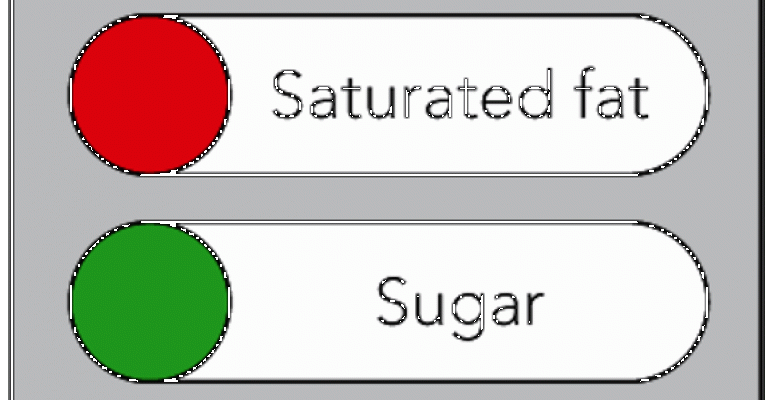The New York Times recently ran an Op-Ed by Mark Bittman, a well-known and highly respected food expert. His article, entitled “My Dream Food Label,” is a thoughtful look at how food packaging is created for the purpose of marketing to the consumer, rather than providing real and relevant information.
Mr. Bittman’s “dream” label would include a “stoplight” program to inform shoppers about three areas specific to that product: its nutrition value, its wholesomeness (what he calls foodness) and a welfare measure that would cover everything from the carbon footprint to animal and worker treatment.
These are lofty aspirations, and I can’t fault any of the thinking he put into this idea. There’s just one thing that has me concerned about a rating program that takes what is essentially very complex information and attempts to boil it down to a single icon or color: Who decides?
Many consumers no longer trust the manufacturers to tell them the truth. After some of the debacles we’ve seen in which the industry has tried to create a standard, it’s demonstrated that driving sales trumps providing useful — and in some cases truthful — information. The bottom line is that consumers take package information with a grain of salt — pun intended.
Mr. Bittman’s idea is to provide a scale to rank each product in the three areas outlined above, and while this is a consistent approach, it requires a level of trust on the part of the shopper that these are the right criteria, and the divisions are placed correctly. As a consumer in this situation, my first question is this: who is the deciding authority? Is it someone I can trust, or is it someone with a hidden agenda like we’ve seen before?
One of the great things about the growing use of technology as a shopping tool is the immediate availability of information for just about anything. This access to info has created a consumer expectation of transparency in all things, from pricing to ingredients to country of origin. This desire for transparency includes nutrition info; don’t just tell me it’s good for me. Tell me why it’s good for me.
To help shoppers find foods that are nutritious, “real” and meet their expectations for production standards, there are methods better than another scoring system based on someone else’s standards that I may or may not agree with. To paraphrase an old food adage: teach me to fish, don’t sell me a breaded fillet.



